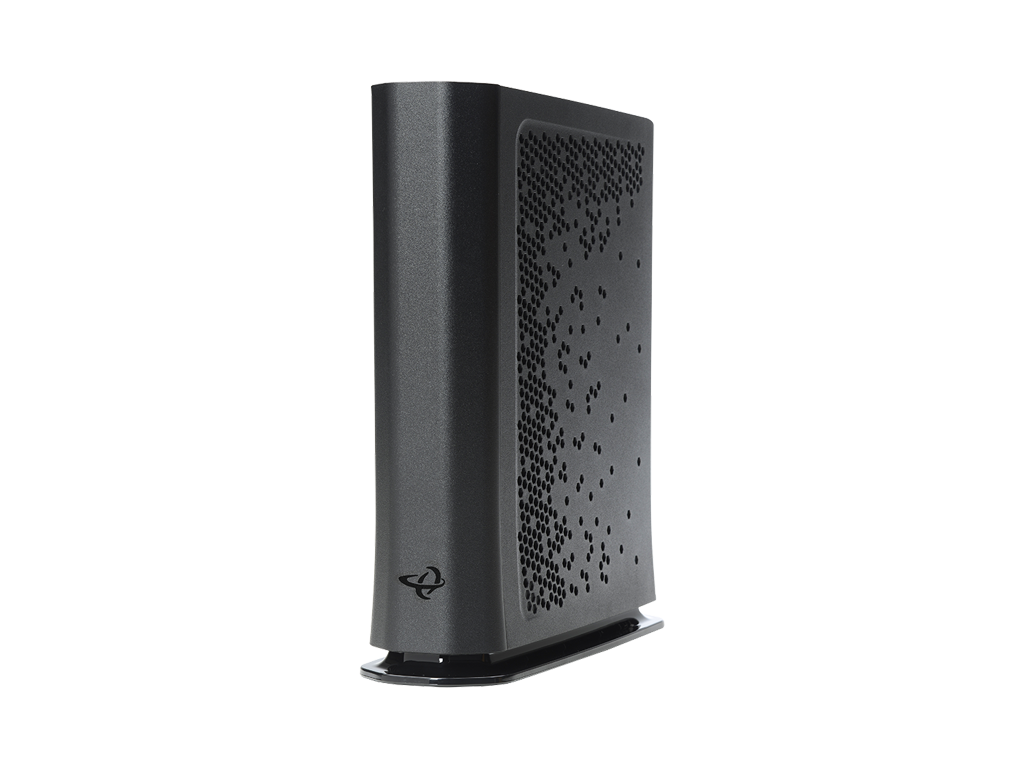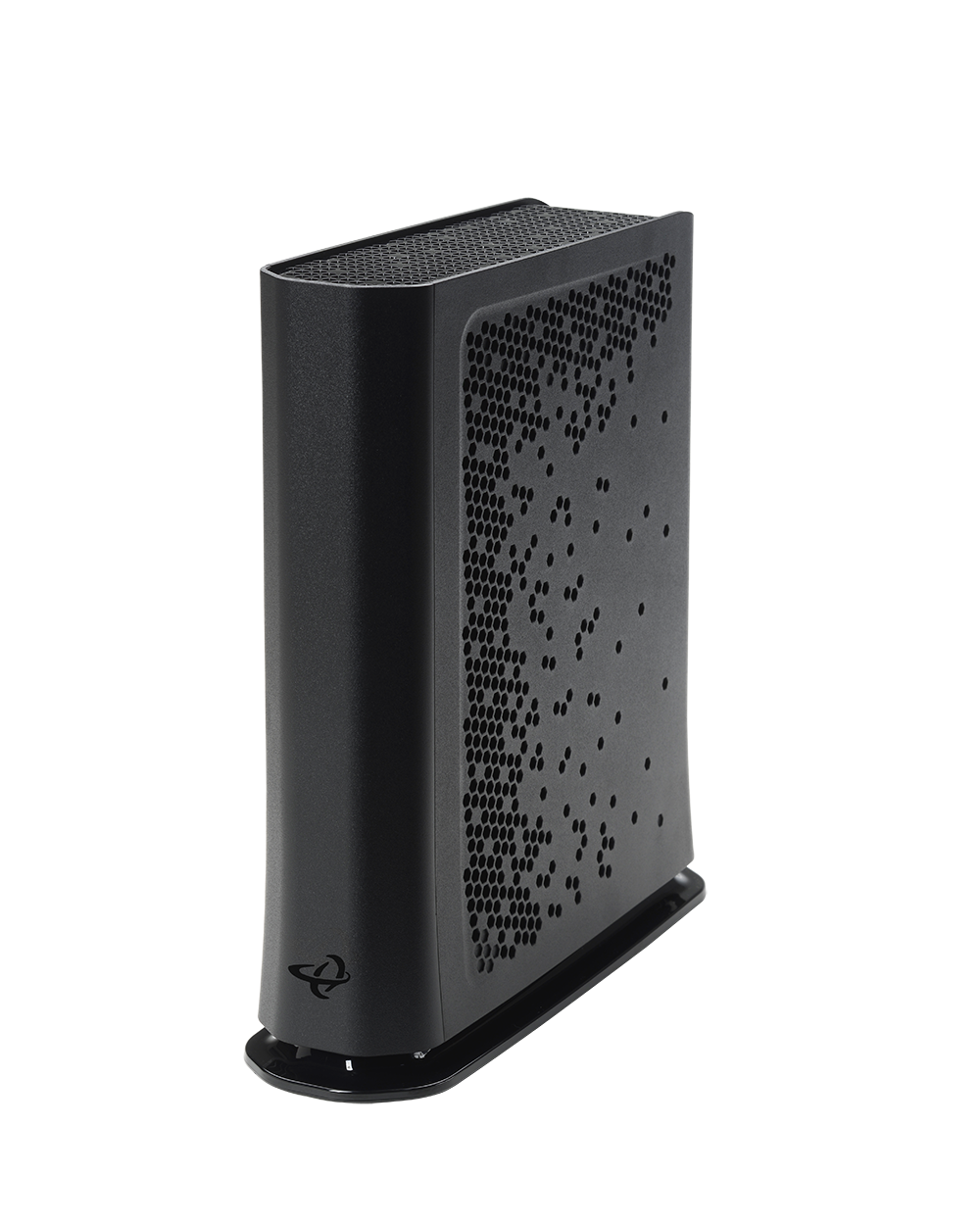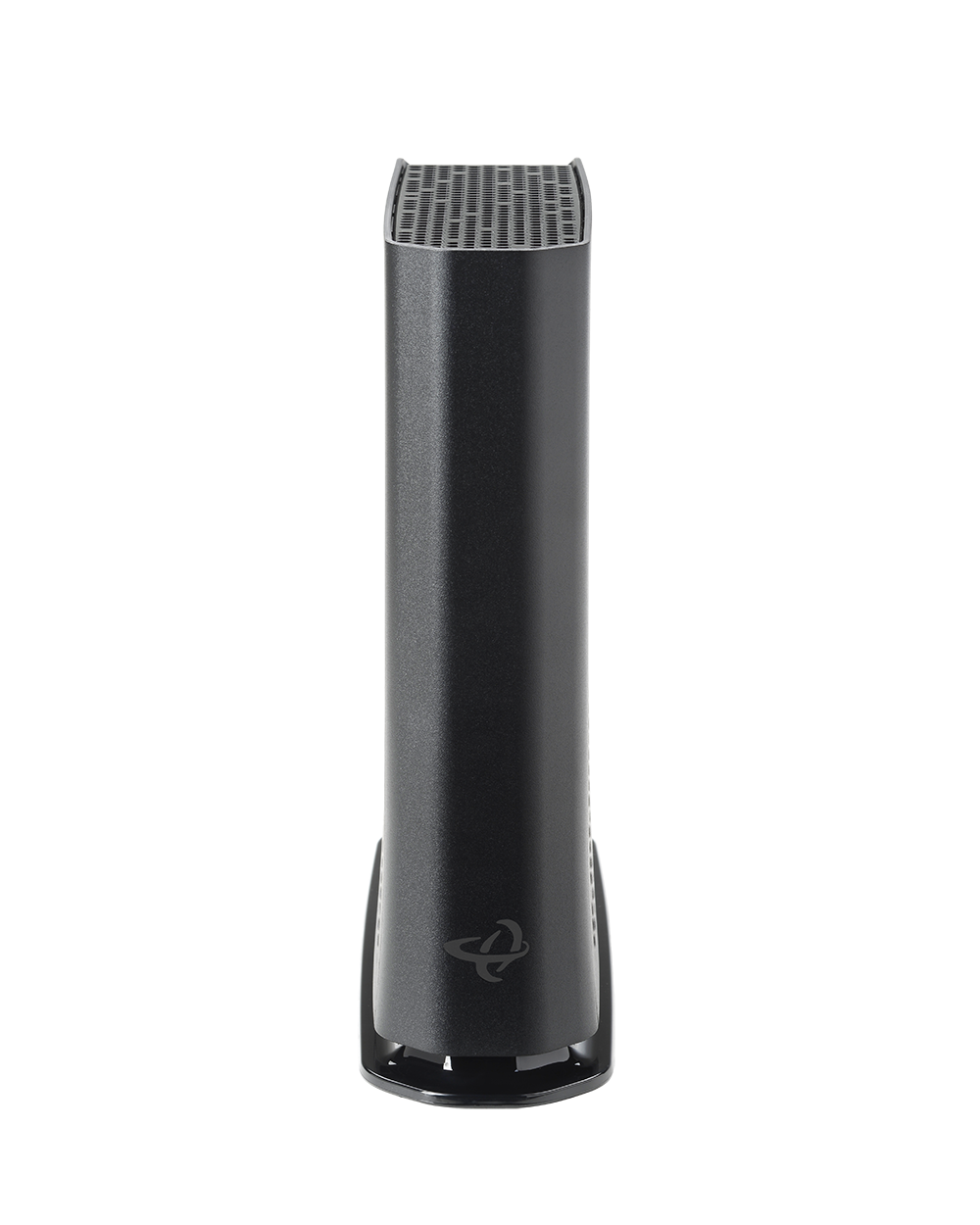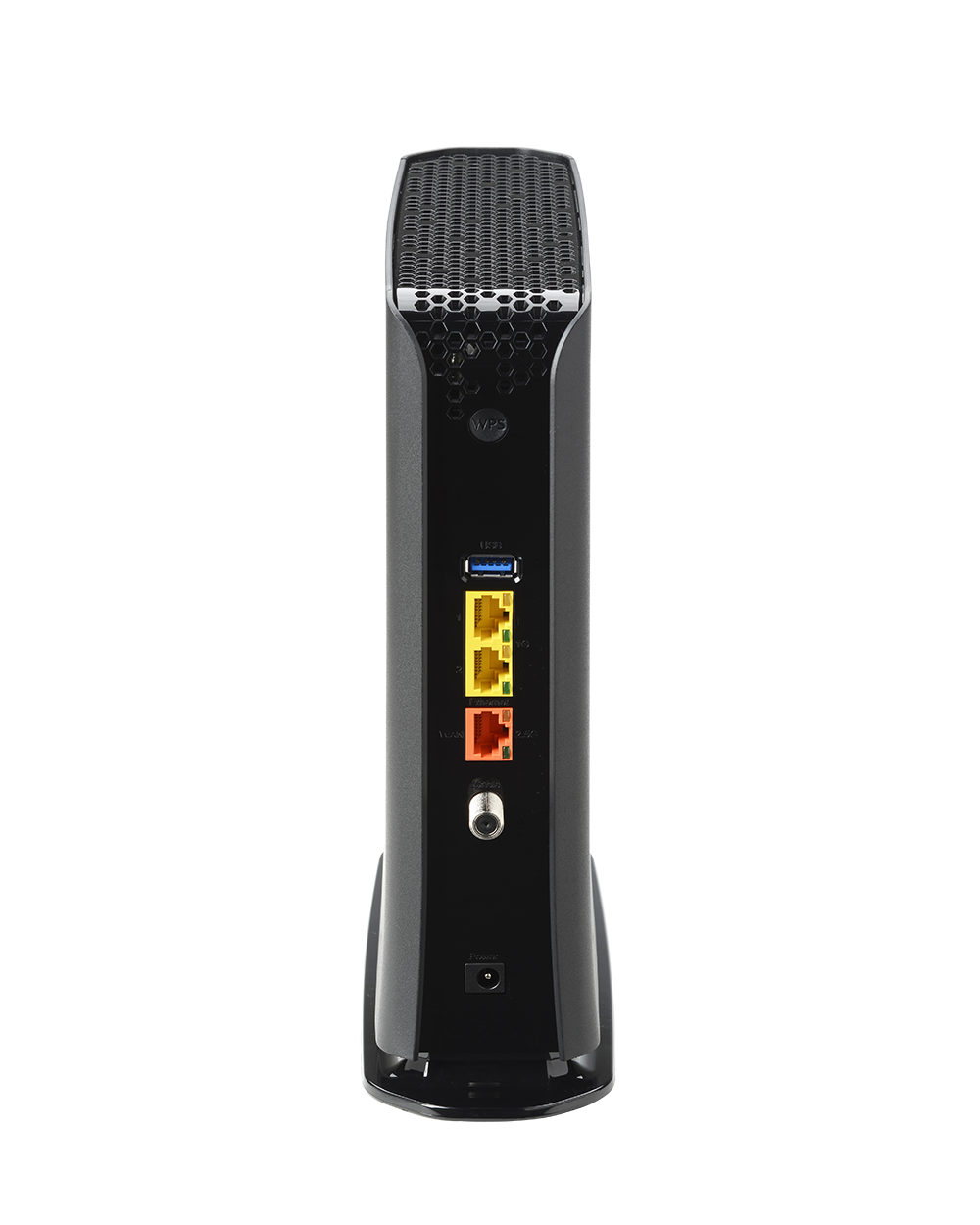DOCSIS 3.1 with Full Backward Compatibility
Supports 2×2 OFDM/OFDMA plus DOCSIS 3.0 32×8 bonding to ensure multi-gig performance today with smooth compatibility for existing DOCSIS 3.0 deployments.
Extended Downstream to 1218 MHz
Provides expanded downstream capacity, enabling more throughput and future-proofing networks for higher-speed broadband plans.
Flexible Upstream Frequency
Switchable upstream modes (5–85 MHz / 5–204 MHz) support mid-split and high-split transitions without hardware replacement.
Wi-Fi 6 Advantage
Dual-band Wi-Fi 6 with 4×4 5 GHz and 4×4 2.4 GHz radios ensures higher speeds, lower latency, and improved efficiency for multiple connected devices.
Multi-Gig Wired Connectivity
Features 1× 2.5 Gbps Ethernet port and 2× 1 Gbps ports for high-speed wired backhaul and device connectivity.
Carrier-Grade Management
Supports TR-069, TR-369, SNMP, and HNAP, and integrates with Hitron’s management ecosystem (MyHitron+, HitronCloud) for simplified provisioning, troubleshooting, and diagnostics.
Benefits for Service Providers
- Future-Proofed with Extended Downstream: Ready for faster broadband services thanks to 1218 MHz downstream support.
- All-in-One Simplicity: Combines DOCSIS 3.1 modem and Wi-Fi 6 router into one device to reduce install complexity and streamline support.
- Flexible Deployment: Backward compatible with DOCSIS 3.0 and adaptable to evolving upstream splits.
- Enhanced Customer Experience: Strong Wi-Fi 6 and multi-gig wired connections support 4K/8K streaming, gaming, smart homes, and more.
Key Specifications
- DOCSIS Support: DOCSIS 3.1 (2×2 OFDM/OFDMA) + DOCSIS 3.0 (32×8)
- Downstream Band: Extended up to 1218 MHz
- Upstream Modes: Switchable 5–85 MHz / 5–204 MHz
- Wi-Fi: Dual-band Wi-Fi 6 (4×4 5 GHz + 4×4 2.4 GHz)
- Ethernet Ports: 1× 2.5 Gbps + 2× 1 Gbps
- Management: TR-069, TR-369, SNMP, HNAP, MyHitron+, HitronCloud
- Other Features: IPv4/IPv6 support, multiple SSIDs, advanced security and firewall features
Documentation
Other Products to Consider
Product
Modem Type
Frequency
WiFi
Wired LAN
Voice
Learn More about Cable Modems & Routers
The Difference Between a Modem and a Router
Wondering about router vs modem? A modem connects your home to the Internet by translating your ISP’s signal into usable data. A router takes that data and distributes it to your devices over WiFi or Ethernet. You need both for a complete home network setup. ...
Cable Modem vs DSL Modem or Fiber
A modem is a device that communicates with your Internet service provider (ISP) to connect you to the Internet. It is something that you can rent from your ISP but you can also buy your own. There are a few different types of modems. It is important to understand the...
What is a Cable Modem & How Does It Work?
A cable modem is a device that connects your home to the Internet using the same coaxial cable lines that deliver cable TV. It receives the Internet signal from your Internet Service Provider (ISP) and converts it into a form your home network can use. If you have...
The Ultimate Cable Modem Upgrade to DOCSIS 3.1 & Wi-Fi 6
When you set up Internet in your home, you get a modem. If you want wireless Internet, you also get a router. Often you get the devices through your Internet service provider (ISP), however, you can buy your own. This page focuses on modems. Modems are the small box...
What’s required to be an approved xfinity modem?
When setting up your home Internet network, you need two things: a modem and a router. Well, you need the router if you want wireless Internet. On its own, a modem can give you wired Internet access. However, the two devices pair well together. A modem and router...




